Archivist's Choice – Favorite Historical NIH Photos
For September's Office of NIH History blog entry, Archivist Barbara Harkins picked out a few of her favorite photos to highlight from the collection—a difficult task when limited to only eight! We hope you enjoy the images below, and please let us know which ones are your favorites in the comments.
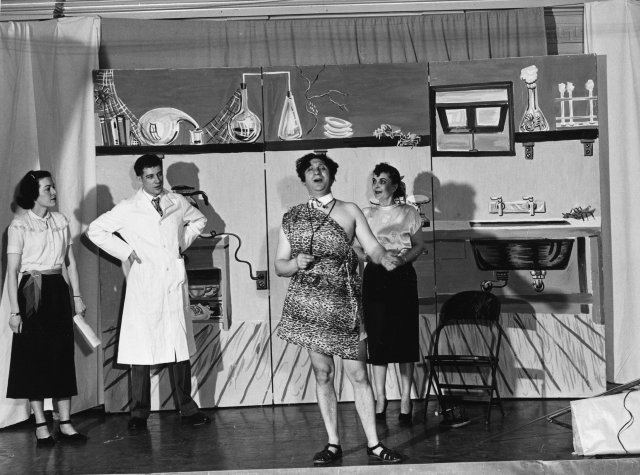
A delighted audience loved the first performance of the NIH Hamsters comedy troupe on December 15, 1949 so much that an encore performance had to be added. The Hamsters performers included NIH staff of all kinds poking fun mostly at the administrators. The show was open to the public and considered excellent entertainment by the local community. View more photos of the Hamsters.

In the above photo, workmen water a tree outside the uncompleted quarters for Public Health Service officers on the NIH campus in 1939. The quarters were built on a common green linked by paths and feature the innovative “Radburn” suburban design concept where backyards faced the road and front yards faced each other. The quarters included duplexes and single family homes, and some were reserved for government officials like the Surgeon General. Today, only a few homes are occupied by families. Our archivist is working on a history of the quarters and the people who lived there.
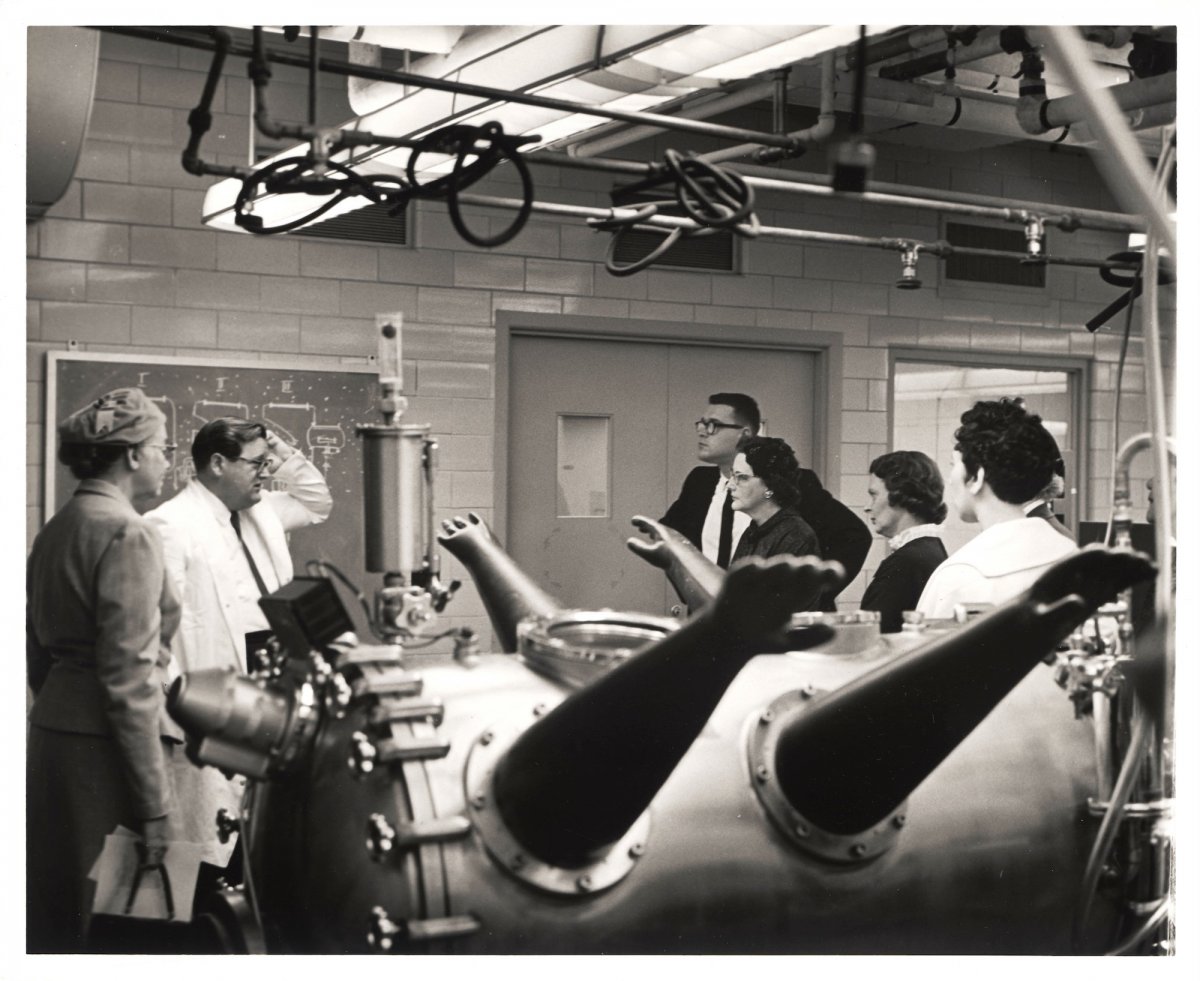
Photo archivists enjoy coming across unknown or forgotten photos and the challenge of placing them into context. Above, local educators visited NIH to learn about the latest techniques in cutting edge medicine, such as the Reynier germ-free isolator used to raise mice in a germ-free environment. There were approximately 50 Reynier isolators in use at the NIH in 1967 for research including infection and immunity studies, nutrition studies into beneficial intestinal bacteria, and dental studies of bacteria and tooth decay.
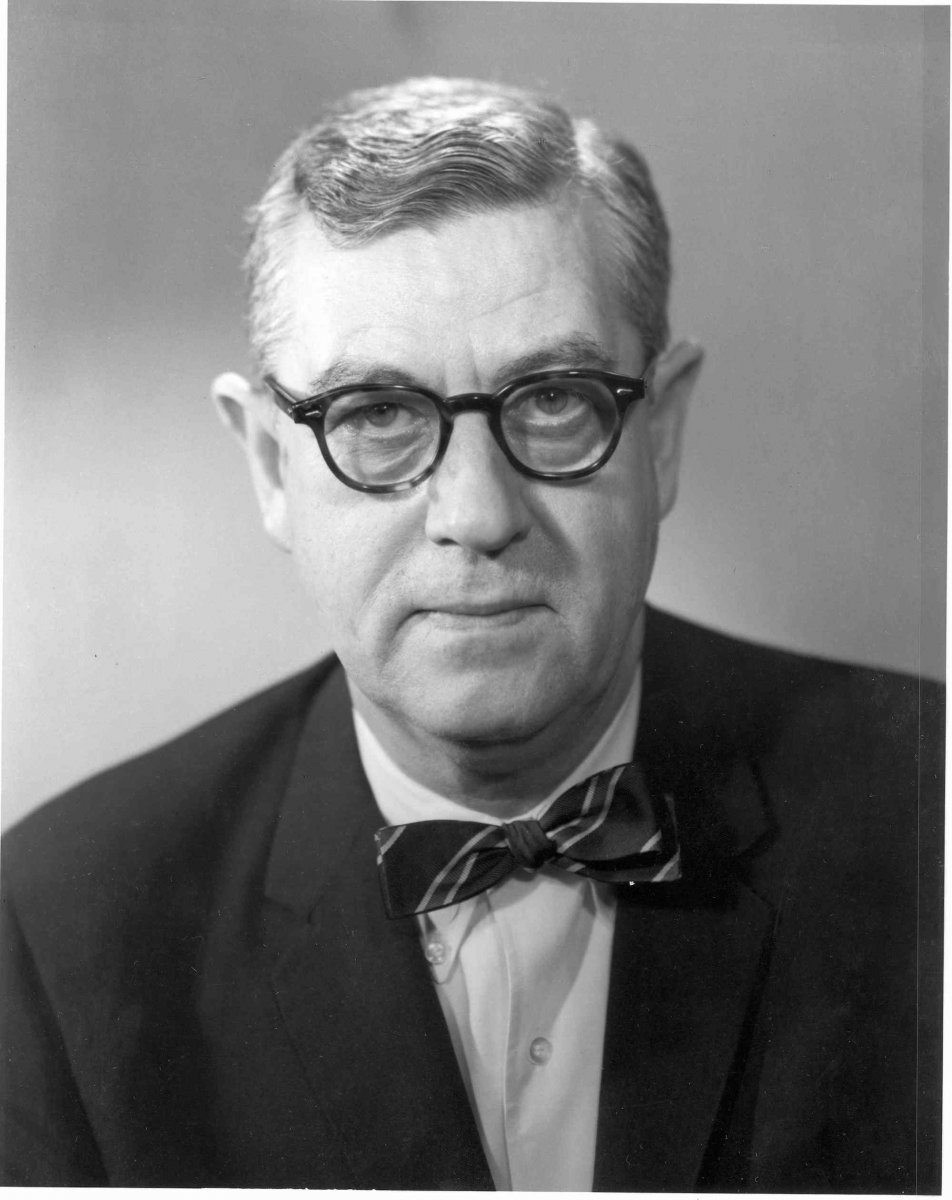
Certain people are interesting to archivists because of their historical impact. For our archivist, James A. Shannon (1904-1994) is one of those people. Shannon was the NIH associate director from 1952-1955 and NIH director from 1955-1968, called “The Golden Years” by some NIH staff. Shannon played a significant role in the expansion of NIH's budget, personnel, and laboratory space, and he influenced the orientation of all NIH program areas. Under Shannon, the NIH expanded the federal government's role as the largest supporter of independent medical research in the country. Read his oral history.
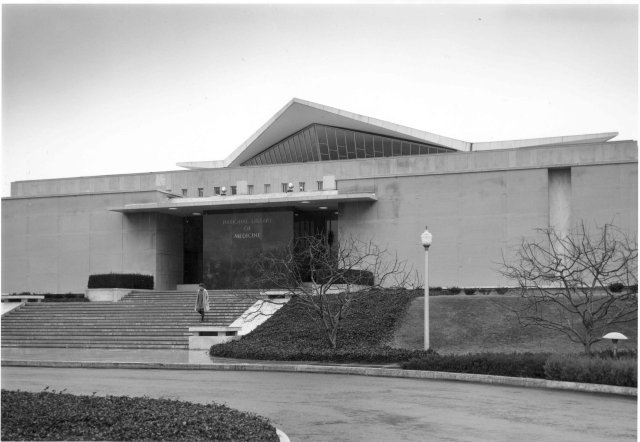
You knew that the National Library of Medicine would be our archivist’s favorite place! It’s the largest biomedical library in the world. John Shaw Billings (1838-1913) is credited with growing the small library into a powerhouse of information. Now, NLM provides many services including MEDLINE, the National Center for Biotechnology Information, and ClinicalTrials.gov. The History of Medicine division has incunabula (books printed in Europe before 1501), archival manuscript collections, and a large digital repository with film and audio. Don’t miss a chance to visit and take a tour!
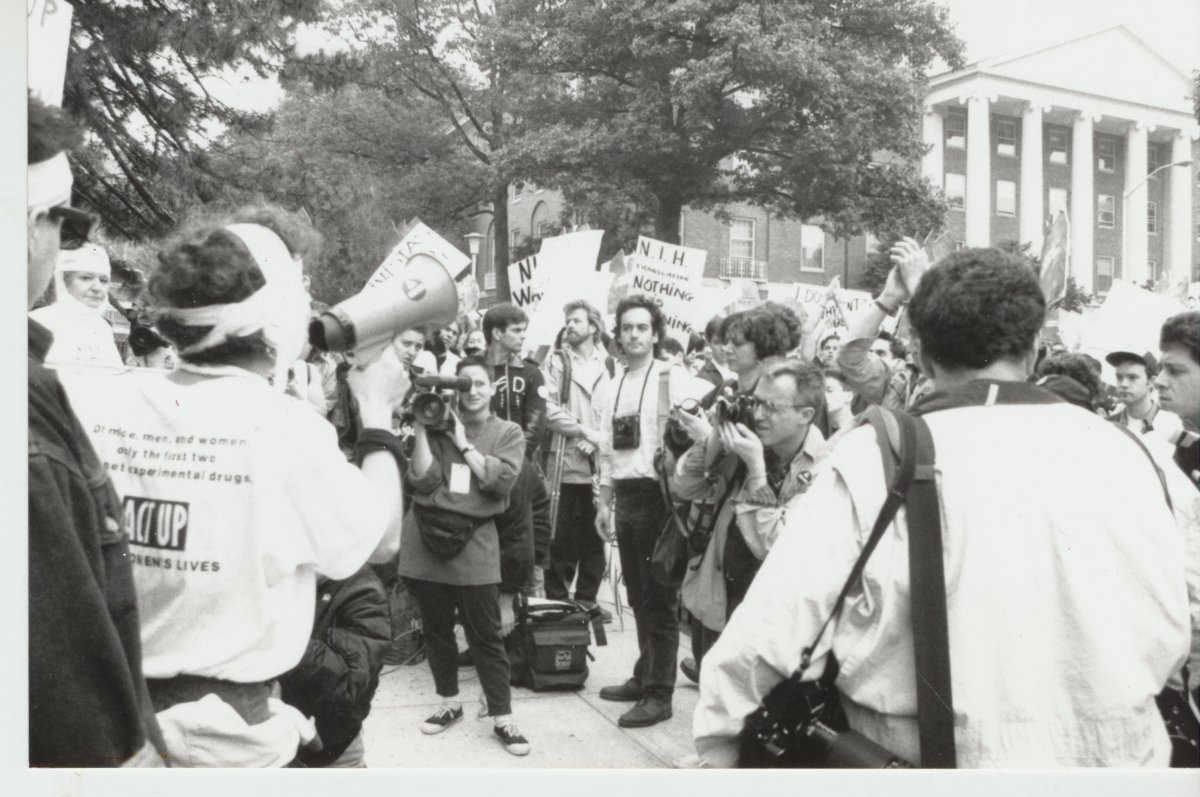
Documenting events of significance—such as the 1990 ACT-Up demonstration on the NIH campus for more AIDS research funding—is essential archival work. Today, AIDS is considered a chronic disease in the U.S., but in the 1980s and 1990s it was a death sentence with no reprieve. NIH has been in the forefront of research for HIV/AIDS since it was first noted. Our webpage “AIDS in their Own Words” discusses the early days of research at NIH.
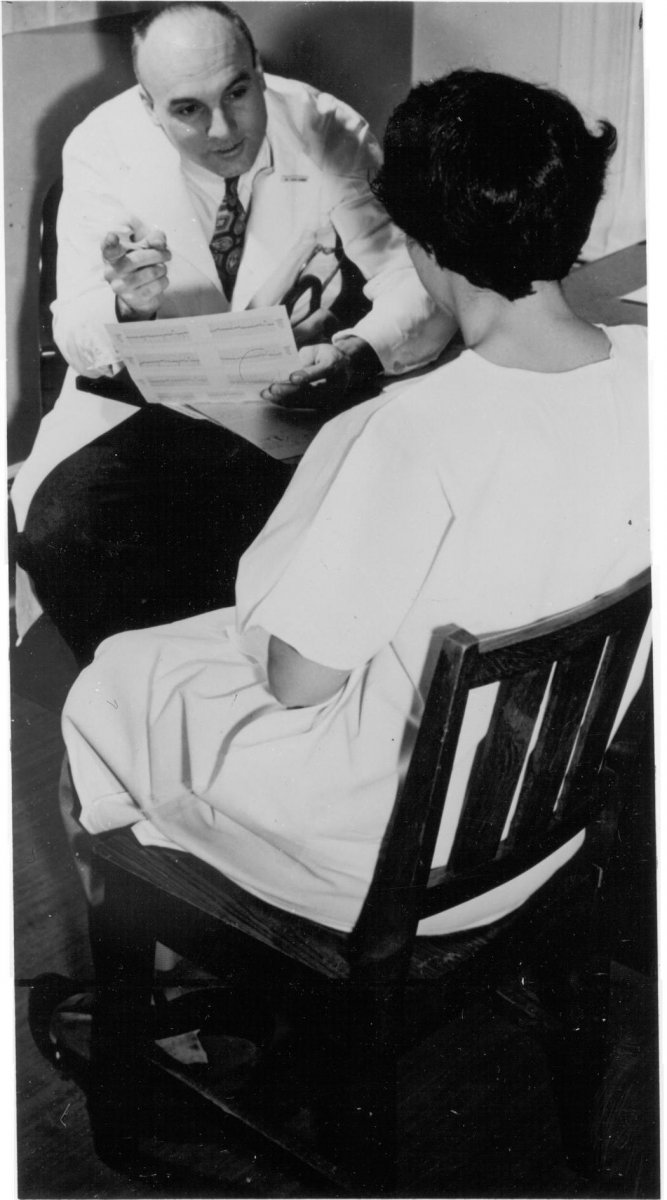
The National Institutes of Health is guided by the ethics for human research first set out in the Nuremberg Code, which was formulated in 1947 after the atrocities committed by Nazi physicians during World War II. While other laws about human research have been created since then, the Nuremberg Code is one of the public laws most downloaded consistently each month from our website.
In the photo above, Dr. Thomas Dawber of NIH discusses what will happen during the Framingham Heart Study, so that a participant can give her informed consent. The study began in 1948 and is still running.
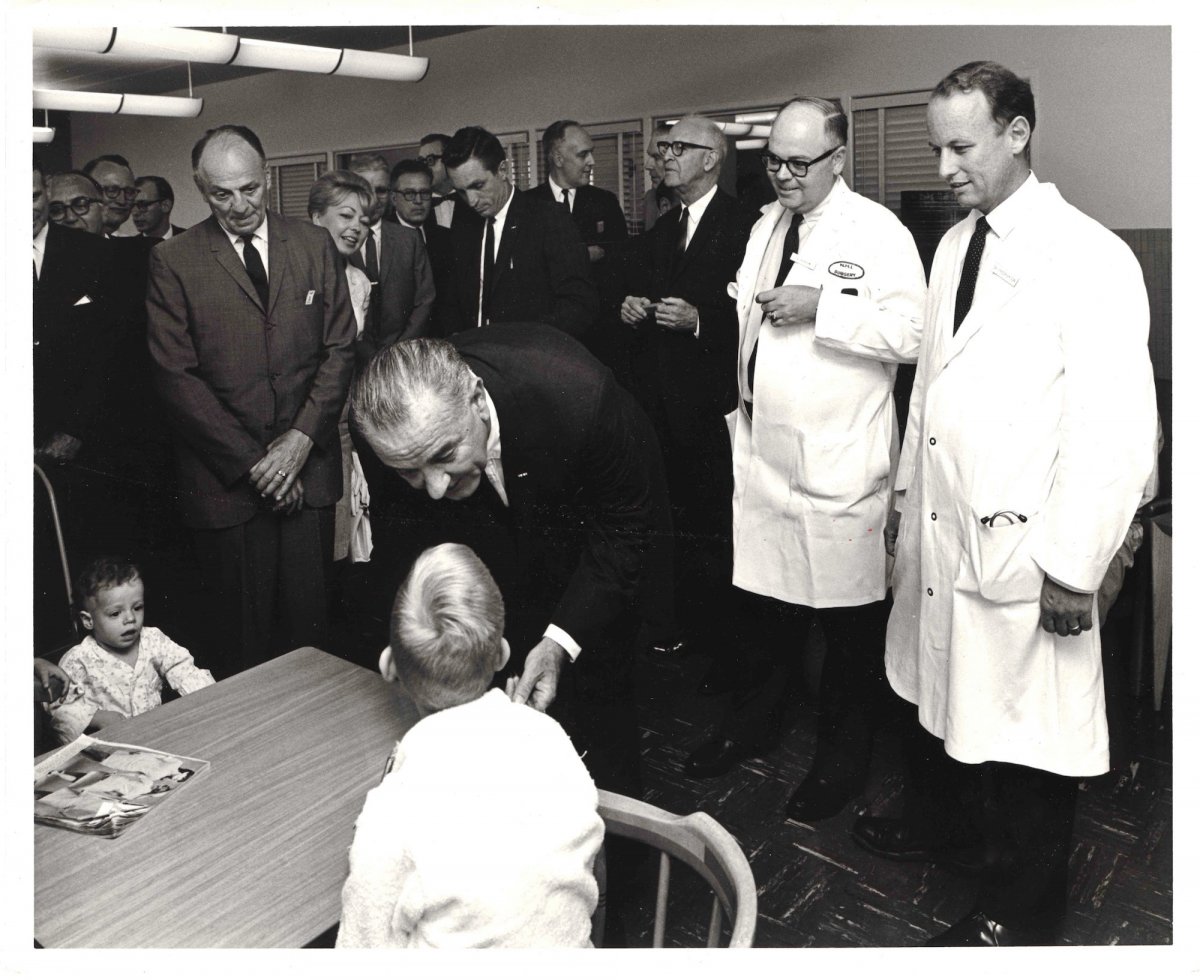
I think our archivist likes the above photo because of the story. On August 9, 1965, President Lyndon Johnson was bending down to talk to a boy who recently received two new heart valves at the NIH Clinical Center. When background noise created by the assembled dignitaries prevented the President from hearing the sounds of these valves, Johnson stood up and demanded “Quiet!” Suddenly, the clicking of the valves was immediately audible to all.
From left to right: Surgeon General Luther Terry, Senator Lister Hill, President Johnson and the patient, Dr. Andrew Morrow, and Dr. Donald Fredrickson. Other people are unidentified.
Related Blog Posts
This page was last updated on Wednesday, July 5, 2023
